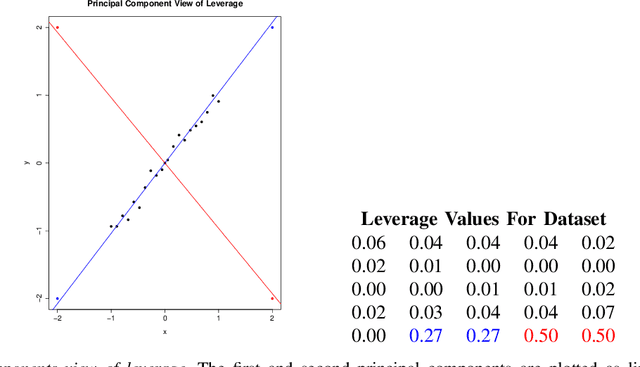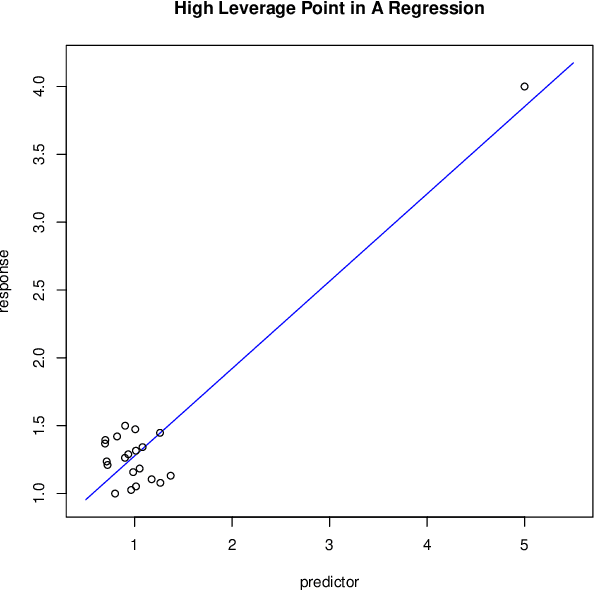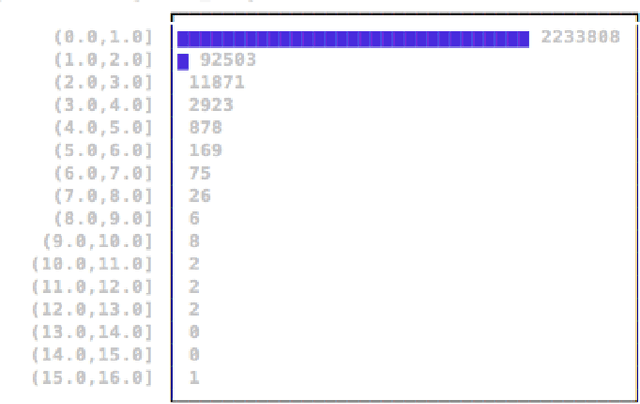Mike Wojnowicz
"Influence Sketching": Finding Influential Samples In Large-Scale Regressions
Mar 23, 2017



Abstract:There is an especially strong need in modern large-scale data analysis to prioritize samples for manual inspection. For example, the inspection could target important mislabeled samples or key vulnerabilities exploitable by an adversarial attack. In order to solve the "needle in the haystack" problem of which samples to inspect, we develop a new scalable version of Cook's distance, a classical statistical technique for identifying samples which unusually strongly impact the fit of a regression model (and its downstream predictions). In order to scale this technique up to very large and high-dimensional datasets, we introduce a new algorithm which we call "influence sketching." Influence sketching embeds random projections within the influence computation; in particular, the influence score is calculated using the randomly projected pseudo-dataset from the post-convergence Generalized Linear Model (GLM). We validate that influence sketching can reliably and successfully discover influential samples by applying the technique to a malware detection dataset of over 2 million executable files, each represented with almost 100,000 features. For example, we find that randomly deleting approximately 10% of training samples reduces predictive accuracy only slightly from 99.47% to 99.45%, whereas deleting the same number of samples with high influence sketch scores reduces predictive accuracy all the way down to 90.24%. Moreover, we find that influential samples are especially likely to be mislabeled. In the case study, we manually inspect the most influential samples, and find that influence sketching pointed us to new, previously unidentified pieces of malware.
* fixed additional typos
 Add to Chrome
Add to Chrome Add to Firefox
Add to Firefox Add to Edge
Add to Edge